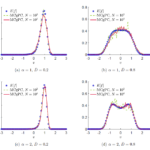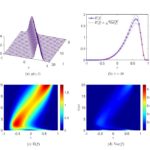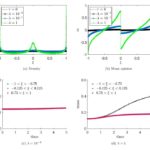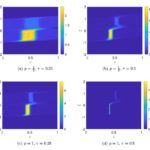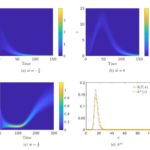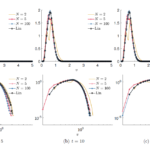 Giuseppe Toscani, Andrea Tosin, Mattia Zanella
Giuseppe Toscani, Andrea Tosin, Mattia Zanella
Network & Heterogeneous Media, 15(3): 519-542, 2020. (Preprint arXiv)
Unlike the classical kinetic theory of rarefied gases, where microscopic interactions among gas molecules are described as binary collisions, the modelling of socio-economic phenomena in a multi-agent system naturally requires to consider, in various situations, multiple interactions among the individuals. In this paper, we collect and discuss some examples related to economic and gambling activities. In particular, we focus on a linearisation strategy of the multiple interactions, which greatly simplifies the kinetic description of such systems while maintaining all their essential aggregate features, including the equilibrium distributions.
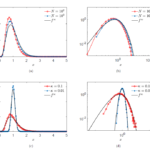
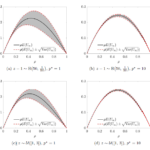 Andrea Tosin, Mattia Zanella
Andrea Tosin, Mattia Zanella